

Keywords: political and social issues; Secret Services; world literature; protest; criticism; minority; Ceauşescu; dissidence; dignity; modern culture; Timişoara and democratic Europe
Victor Neumann chooses to remind the reader of the existence of a powerful cultural circle in Timişoara during the 1970's: the Aktionsgruppe Banat is portrayed as a nucleus of intellectual life and cultural manifestations directed against the oppressive regime of the time. Names such as William Totok, Richard Wagner, Gerhardt Ortinau etc. used to stand at the core of the prolific activity of the celebrated group.
More...


Keywords: Krzysztof Warlikowski; Theatre; Teatr Rozmaitości; William Shakespeare
Interview with Krzysztof Warlikowski.
More...Keywords: Transylvania; research; debates
Contains contributions and debates by different scholars about controverted thesis, new directions in research and other problems. This issue contains two contributions: About some contemporary questions of transylvanian-hungarian historiography by Zsigmmond Jakó and Misconstructions about the origin of szekely and transylvanian saxons - remarks about a new publication by Gerhardt Hochstrasser
More...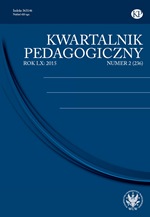
Keywords: lived body; self-assessments of children; play; physical being; ciało; samooceny dzieci; zabawy; fizyczne samopoczucie
Artykuł ma stać się przyczynkiem do uznania w szkolnym programie nauczania zabawy jako rozumowego doświadczenia ciała. Teoretyczna argumentacja pochodzi z filozofii Leiblichkeit, która podkreśla rolę żywego ciała w zdobywaniu i konstruowaniu świata. Tutaj pojęcie ciało (Leib) nie jest utworzone w opozycji do pojęcia rozumu; zakłada się natomiast wzajemne przenikanie się obu pojęć. Zatem, wraz z Schillerem, Nietzschem i innymi filozofami, widzimy zabawę jako ludzką, twórczą odpowiedź na przypadkowość życia. Ta filozoficzna postawa sprawia, że życie ukazuje się jako zabawa nawet wówczas, gdy składa się z wewnętrznych i zewnętrznych przymusów, które wydają się nie zezwalać dłużej na zabawę: w ten sposób można również zrozumieć słynne zdanie Schillera głoszące, że człowiek jest „w pełni człowiekiem, kiedy się bawi”, innymi słowy, wtedy gdy kieruje nim nie tylko konieczność. Filozoficzne rozważania zostaną odniesione do dziecięcych zachowań i teorii zabawy/gry, które stanowią empiryczną bazę w pilotażowych badaniach na dziesięcioletnich dzieciach z jednej ze szkół w Karlsruhe w Niemczech.
More...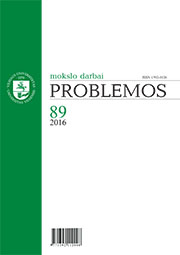
Keywords: distributive knowledge; Descartes; Leibniz; Kant; early modern philosophy; objectivity;
The paper discusses the concept of distribution of ideas and, accordingly, of knowledge, which can be found in the early modern metaphysics. This concept was not completely developed and was overshadowed by the concept of objectivity. An attempt to formalize the distributivity is made. The role played by the idea of distributive knowledge in pre-Kantian metaphysics is demonstrated with a special attention to Leibniz’s doctrine. We argue, that the events of communication between individuals are based on points of distributive knowledge.
More...Keywords: human resources; employee motivation; organizational change
The success or failure of an organization is intrinsically linked to how managers treat their employees. The role of motivation is not just to make people work, but to make them work well, causing managers to use in full physical and intellectual resources. Where there is motivation, there is productivity and performance, and people are happy. In other words, everyone wins. Motivation and retention are crucial in the success of not only at the organization level, but also at the level of any department, project or plan and, arguably, are one of the most important areas of responsibility of a manager.
More...
Keywords: entrepreneurial personality; personality traits; Big Five; Big Three of entrepreneurship; entrepreneurship
The paper presents a literature analysis concerning the concept of entrepreneurial personality. Several topics are discussed, such as: entrepreneurship, entrepreneurial personality, personality traits and factors associated with entrepreneurship, context variables influencing entrepreneurial behaviour, psychological explanations of entrepreneurial behaviour..
More...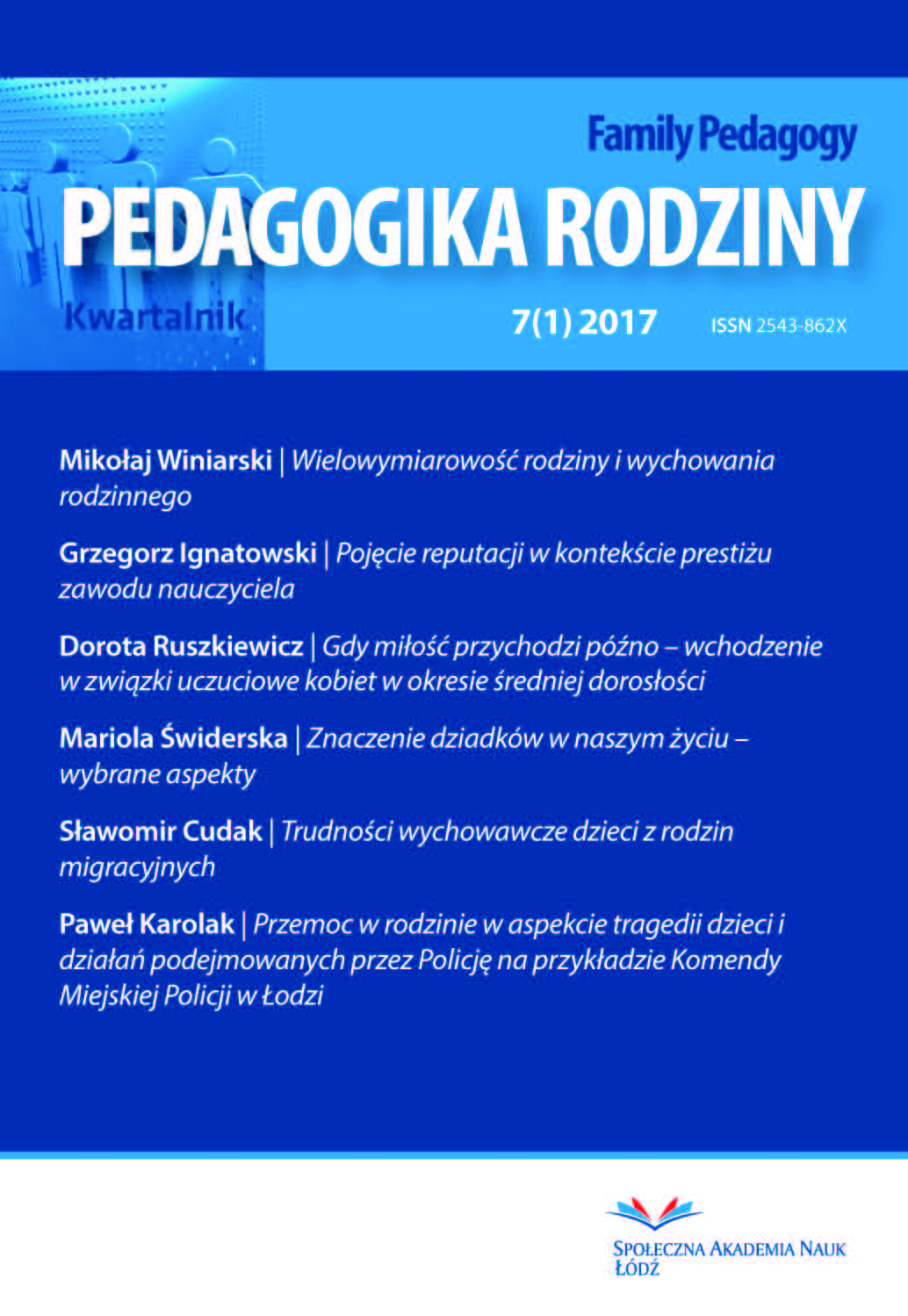
Keywords: child; domestic abuse
It’s an undeniable fact that home abuse carries hurtful effects on everyone experiencing it. Children growing up with this conditions are especially vulnerable to growing up damaged, to whom the abuse family becomes the only reference point for building their own believes or social attitude. Cognitive and emotional process,which are still in development, also get disorted. While those will condition the appearance of variations in the grown persons identity. It is also possible to stimulate the development of psychological and emotional disorders through experience of violence with unable appriopriate functioning in the society.
More...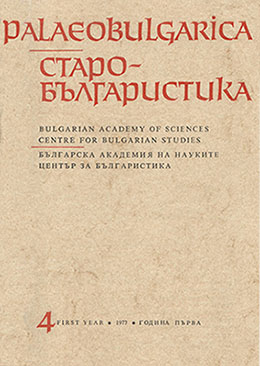
Keywords: cerebral palsy; risk factors; resistance factors; parental adjustment;
The aim of this study was to explore differences between mothers and fathers of children with cerebral palsy in factors which are pronounced in model of adjustment to chronic disorders (Wallander and Varni, 1998): risk factors (sources and intensity of parental stress), resistance factors (personality traits, coping with stress, marital quality) and adjustment (psychical symptoms and subjective health complaints, pleasant and unpleasant mood). The results were obtained on sample of 58 married couples, parents of children with cerebral palsy who attend regular kindergartens and schools, and in some instances special institutions, from eight Croatian cities. Participants completed a range of questionnaires which are intended to measure relevant risk and resistance factors and various aspects of parental adjustment. Mothers and fathers of children with cerebral palsy do not differ from each other in intensity of parental stress in total (risk factor), but they do differ in particular sources of stress. Mothers experience greater stress from lack of social support and parental role strains. Fathers experience greater stress from other role strains. In respect to resistance factors, mothers of children with cerebral palsy score higher on agreeableness and are more prone to use emotion focused coping. Mothers and fathers of children with cerebral palsy differ only in unpleasant mood (mothers have higher unpleasant mood), but they do not differ in pleasant mood, in psychical symptoms and subjective health complaints. Equality between mothers and fathers of children with cerebral palsy in most adjustment aspects implies conclusion that mothers and fathers are nearly in the same risk of problems in adjustment to chronic childhood disorder.
More...
Keywords: educational marketing; publicity; communication; institutional branding;
Nowadays, educational marketing can be an exceptional way to develop an educational institution through an adequate articulation of publicity elements as mass-media communication, adapting promoting strategies or contouring an institutional brand that will help that the right image, vision and school principles to be promoted successfully and with positive effects among parents, students and the whole community.
More...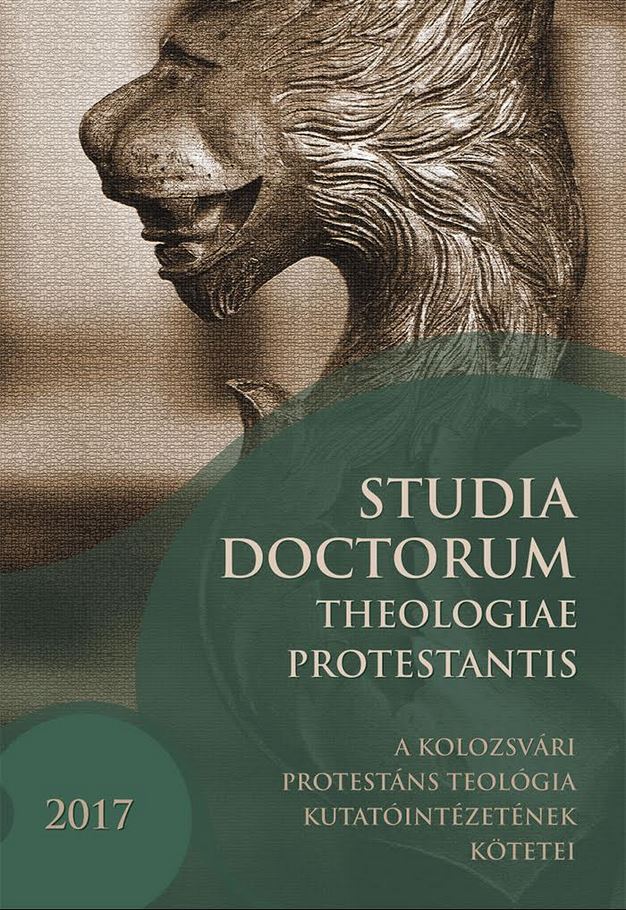
Keywords: Martin Luther;95 theses on indulgences;reformation;
A reformáció félezer éves mérföldkövéhez érkezve kötelességünk a visszatekintés és hálaadás, és ugyanakkor az előretekintés is. De ezt nemcsak kötelességből tehetjük, hanem lehet ez természetes belső igényünk is, hiszen a református spiritualitáshoz hozzátartozott és hozzátartozik mind a személyes, mind a közösségi élet rendszeres vizsgálata az ige tükrében. Ezt a rendszeres igei megmérettetést hivatott segíteni a reformátorok által oly fontosnak tartott anyanyelvű bibliaolvasás és ezáltal Isten akaratának megismerése, a megismerésből fakadóan pedig a bűnbánat, majd az életvitel összehangolása Isten akaratával. Az önvizsgálat és az ebből fakadó megújulás-megújítás hozzátartozik református létünkhöz. Annyira, hogy Karl Barth óta az augustinusi tétel ma újra előkelő helyet foglal el a reformáció egyházainak ekkléziológiájában: „Ecclesia semper reformanda est”.
More...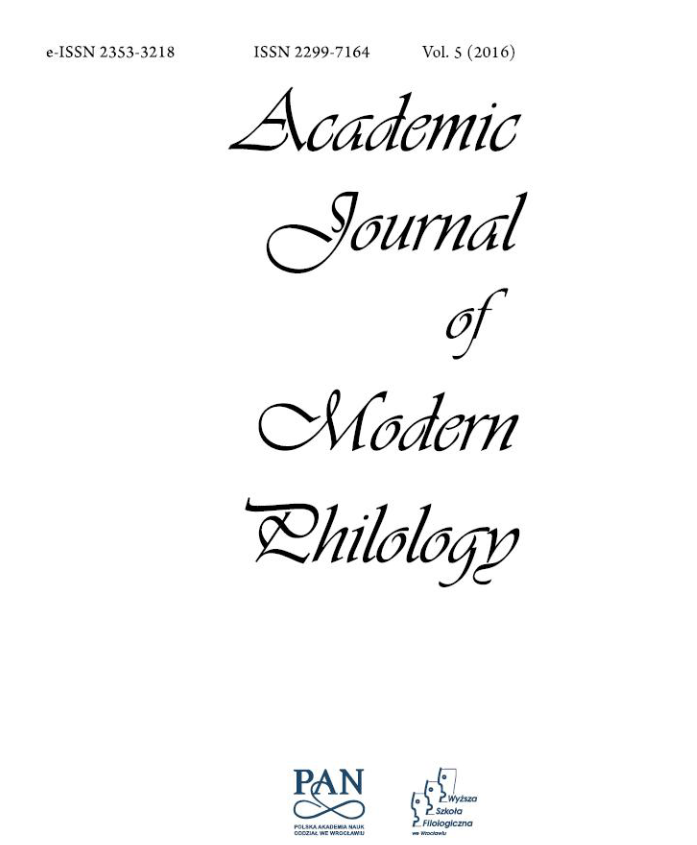
Keywords: culinary recipe; structure; function; audience
The earliest culinary recipes found in England were written in Anglo-Norman and they date back to the end of the 13th century (cf. Hieatt & Jones 1986). The first English instructions were mostly translated from these. It is the 14th and 15th centuries when the text type was thriving. Scully (1995: 5) calls the period “a hey-day for medieval cookery,” due to the greater availability of the culinary texts comparing to the earlier times. Thus, a discussion of the evolution of the English recipe should start from the 14th century. The majority of the available studies deal with the particular features of the culinary instruction, as for instance Culy (1996) who discusses the use of null objects. The main focus of the present paper is to provide a brief comparison of some selected features of the culinary recipes at different stages of their development. The discussion will proceed from the earliest available English culinary material, i.e., the medieval recipe, through the early Modern English texts to the contemporary cooking instructions. The issues which will be taken into consideration are: (i) the general structure of the recipe, especially the components found in the earliest texts, i.e., the heading and the procedure; (ii) the function of the recipe in the particular periods; and (iii) the intended audience for whom the recipes were written down.
More...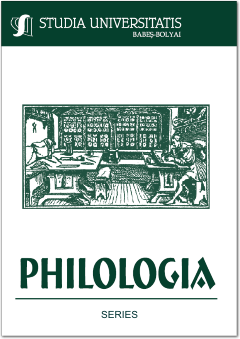
Keywords: socialism; Kriterion publishing house; Kriterion-Hefte; protochronism;
The Image of Socialism in the Kriterion-Hefte Book Series. The following paper, based on the author’s as yet unpublished PhD Thesis, aims to highlight the image of socialism as reflected in the book series Kriterion-Hefte, published by the Bucharest-based Kriterion publishing house between 1980 and 1984. After a brief presentation of the book series, the paper also addresses the historical framework in which the Kriterion-Hefte were published and offers a glimpse into the image of socialism as presented and perceived by the nine authors of this twelve-book series.
More...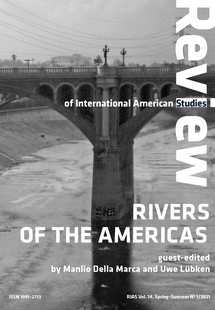
Keywords: Rivers; America; River restoration; Riverscapes;
Over the past three decades, rivers have become a fascinating and popular subject of scholarly interest, not only in the field of environmental history, where river histories have developed into a distinct subgenre (Schönach 2017; Evenden 2018), but also in the emerging field of environmental humanities. In this scholarship, rivers have often been reconceptualized as socio-natural sites where human and non-human actors interact with the natural world, generating complex legacies, path dependencies, and feedback loops (Winiwarter and Schmid 2008). Furthermore, rivers have been described as hybrid “organic machines,” whose energy has been utilized by humans in many different ways, including the harvesting of both hydropower and salmon (White 1995).
More...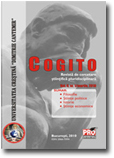
Keywords: technology; mind; consciousness; philosophy; intuition; modern man; science;
The current research work aims at analyzing the relationship between the intellectual development of the human being and the advancement of current technology, trying to identify the limits of this relationship. We start from the premise that the transdisciplinary approach, by making use of fundamentals, can provide an insight both into the current technological reality and its future perspectives. The recourse to philosophy to understand what is happening today with man in relation to technology is conferred by the need to seek the basis of this progress of human thought that is not immune to insurmountable difficulties and undesirable effects.
More...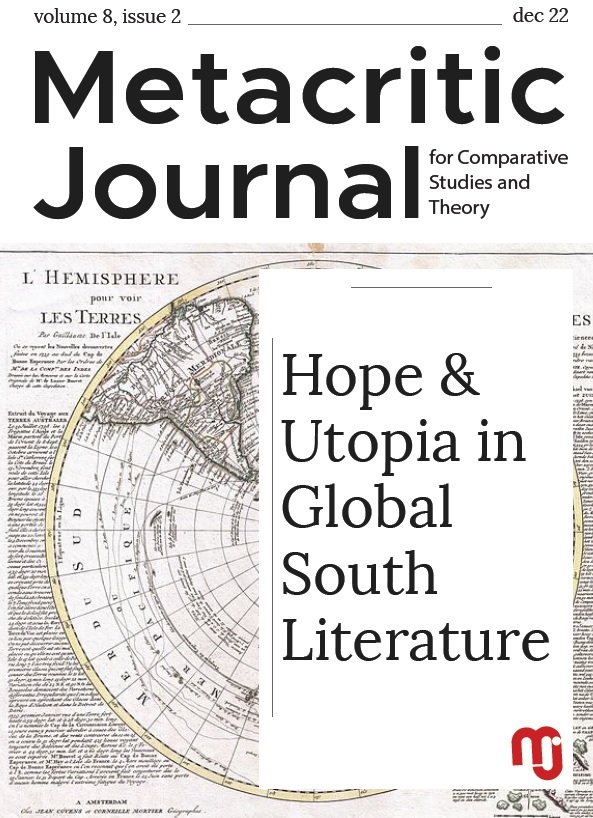
Keywords: assemblage; becoming; racial proximity; Anthropocene; critical animal studies;
This article employs the graphic narrative Becoming Bone Sheep in order to present visually and textually the theories applied in building a critique of the Anthropocene. Concepts like gaze, becoming process, assemblage, de-flocking, racial proximity, zoe, affirmative transformations or networks will be theorized upon, resulting thus in an apparatus for the defence of all natural life. The graphic narrative exposes the flawed condition of man in relation with the nonhuman by representing a singular interaction between species – the gaze – which manages to dislocate the subjects from their individuality. Moreover, it draws on spatial confines that serve as an expression of parcelling the apparently unseen differences between the species, introducing in the discussion the re-evaluation of agency through what Braidotti calls zoe-centric ethics of becoming. Finally, it intends to delineate approaches for a further debate on countering oppressive structures in the context of Global South literature.
More...